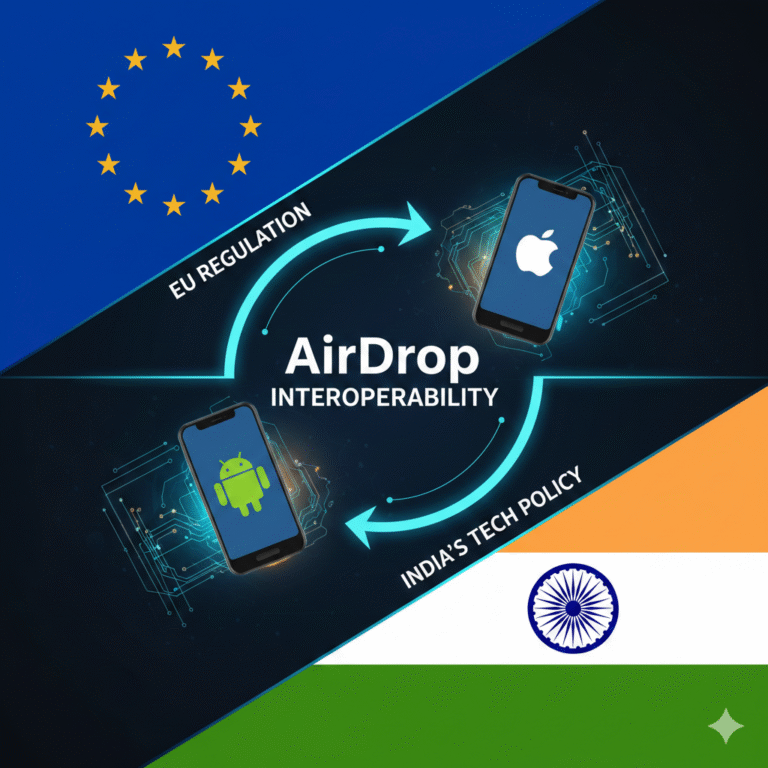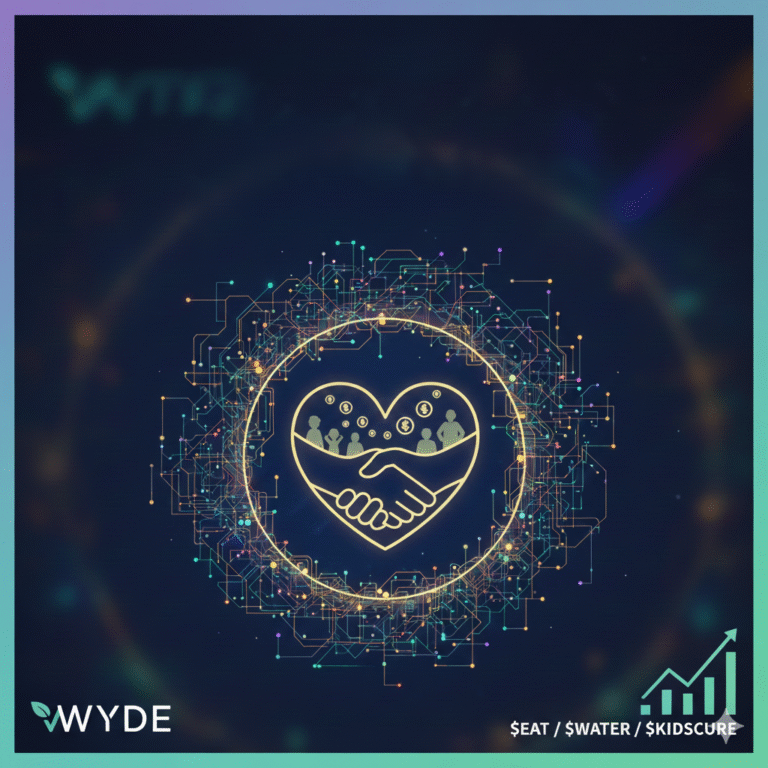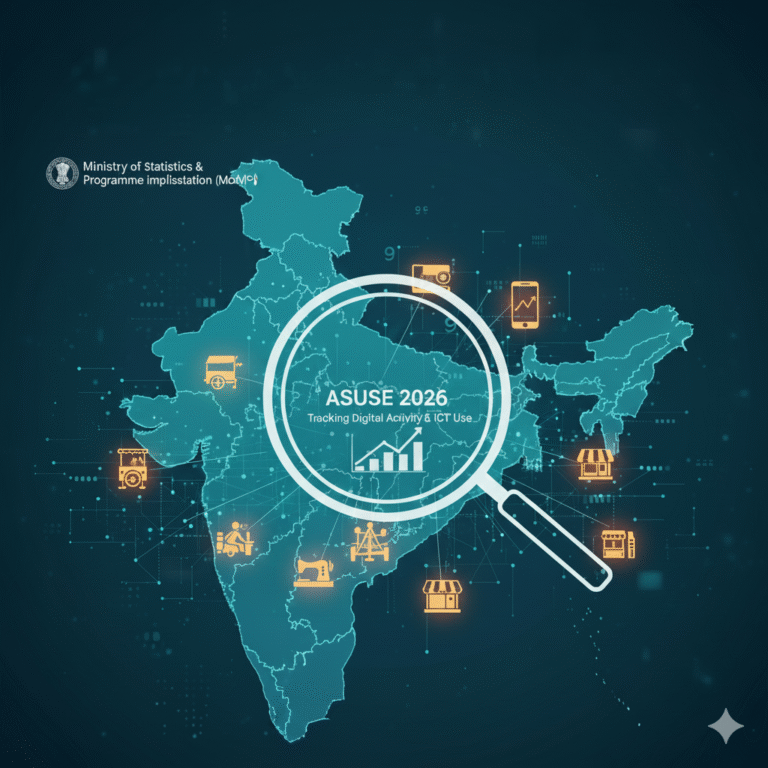The design landscape is undergoing a dramatic transformation, fueled by the rapid advancements of artificial intelligence (AI). Once confined to the realms of science fiction, AI-powered design tools are now becoming indispensable companions for designers across disciplines, from graphic design and architecture to fashion and product development. These tools, far from replacing human creativity, are empowering designers to explore new frontiers, push boundaries, and unlock unprecedented levels of innovation.
AI-Driven Design Tools: A Deep Dive
AI is being integrated into a wide range of design tools, offering a plethora of functionalities:
- Generative Design: Perhaps the most groundbreaking application, generative design algorithms explore countless design variations based on user-defined parameters and constraints. This allows designers to quickly iterate through multiple options, identifying optimal solutions for factors like performance, aesthetics, and manufacturability.
- Image and Video Generation: AI-powered tools can generate unique images, patterns, and even entire video sequences based on user input, providing inspiration and accelerating the design process.
- Design Refinement: AI can analyze existing designs, identifying potential flaws, suggesting improvements, and optimizing for factors like ergonomics and sustainability.
- Personalization: AI algorithms can personalize the design experience, tailoring recommendations and suggestions to individual designers’ styles and preferences.
- Automation: Repetitive tasks, such as image resizing, color correction, and basic 3D modeling, can be automated using AI, freeing up designers to focus on more creative aspects of their work.
Specific Examples of AI-Powered Design Tools
- Midjourney and DALL-E 2: These AI-powered image generators can create stunning visuals based on text descriptions, opening up new avenues for inspiration and concept development.
- Adobe Sensei: Adobe’s AI engine powers features in popular design software like Photoshop and Illustrator, enabling features like automatic selection, content-aware fill, and intelligent image enhancement.
- Autodesk Dreamcatcher: This generative design software helps engineers and designers optimize designs for performance, weight, and manufacturability.
- CorelDRAW Graphics Suite: This graphic design suite incorporates AI-powered features like automatic image enhancement, object recognition, and intelligent tracing.
Benefits of AI-Driven Design Tools
- Enhanced Creativity: AI tools can act as creative catalysts, sparking new ideas and pushing designers to explore uncharted territories.
- Increased Efficiency: Automation of repetitive tasks and streamlined workflows significantly increase design efficiency and productivity.
- Improved Design Quality: AI algorithms can help designers identify and address potential issues, leading to higher-quality designs.
- Greater Accessibility: AI-powered tools can democratize design, making it more accessible to individuals with varying skill levels and backgrounds.
- Sustainable Design: AI can be used to optimize designs for sustainability, minimizing material usage, reducing waste, and improving energy efficiency.
Challenges and Considerations
- Bias and Fairness: AI algorithms are trained on data, and if that data reflects existing biases, the generated designs may also be biased.
- Data Privacy and Security: Designers must be mindful of data privacy and security when using AI-powered tools, ensuring that their designs and personal information are protected.
- Job Displacement: Concerns have been raised about the potential impact of AI on the job market, with fears of job displacement for designers. However, it is more likely that AI will augment human creativity rather than replace it.
- Ethical Considerations: It is crucial to consider the ethical implications of AI-powered design, ensuring that these tools are used responsibly and ethically.
The Future of AI in Design
The future of AI in design is bright, with the potential to revolutionize the creative process in countless ways. As AI technology continues to evolve, we can expect to see even more sophisticated and innovative design tools that empower designers to push the boundaries of creativity and innovation.
Conclusion
AI-driven design tools are rapidly changing the landscape of design, offering new possibilities for creativity, efficiency, and innovation. By embracing these tools and harnessing their potential, designers can unlock new levels of creativity, address complex challenges, and create a more sustainable and equitable future.
Frequently Asked Questions (FAQs)
- What are AI-driven design tools?
- AI-driven design tools are software applications that leverage artificial intelligence to assist designers in various tasks, such as generating ideas, refining designs, and automating workflows.
- How do AI-driven design tools help designers?
- They enhance creativity, increase efficiency, improve design quality, and make design more accessible.
- What are some examples of AI-driven design tools?
- Midjourney, DALL-E 2, Adobe Sensei, Autodesk Dreamcatcher, and CorelDRAW Graphics Suite.
- What is generative design?
- Generative design algorithms explore countless design variations based on user-defined parameters and constraints.
- How can AI improve design quality?
- By identifying and addressing potential flaws, optimizing designs for performance, and suggesting improvements.
- What are the ethical considerations of using AI in design?
- Addressing bias, ensuring data privacy and security, and considering the potential impact on the job market.
- How can AI help designers be more sustainable?
- By optimizing designs for sustainability, minimizing material usage, and reducing waste.
- What is the role of human creativity in the age of AI?
- AI tools augment human creativity rather than replacing it. Designers still play a crucial role in defining the design goals, interpreting the results, and making creative decisions.
- What are the potential risks of AI-driven design tools?
- Bias in algorithms, data privacy concerns, and potential job displacement.
- How can designers prepare for the future of AI in design?
- By developing skills in AI and machine learning, learning how to use AI-powered tools effectively, and staying updated on the latest advancements in the field.
- What is the future of AI in design?
- The future holds the potential for even more sophisticated and integrated AI-powered design tools, with the integration of VR, AR, and other emerging technologies.
- How can AI help designers overcome creative blocks?
- AI-powered tools can provide inspiration, generate new ideas, and help designers explore different approaches to their designs.
- What are the implications of AI-driven design for the future of work?
- AI-driven design tools will likely lead to changes in job roles and skill requirements, requiring designers to adapt and develop new skills.
- How can designers ensure that AI-powered designs are inclusive and equitable?
- By addressing potential biases in AI algorithms and using diverse and representative datasets to train these algorithms.
- What is the role of human oversight in the design process when using AI tools?
- Human oversight is crucial to ensure that AI-powered designs meet the desired goals, address ethical considerations, and reflect human values.











+ There are no comments
Add yours